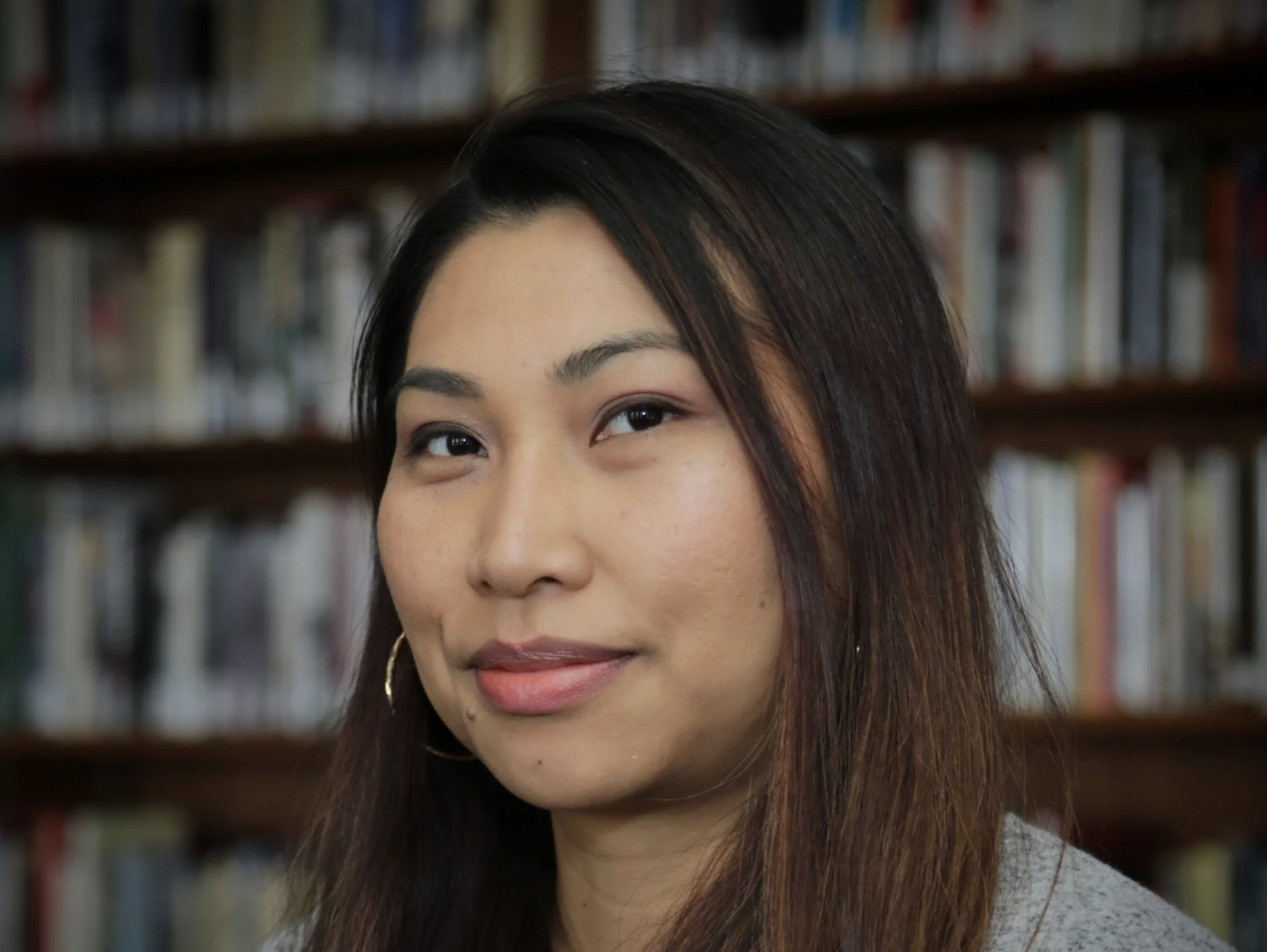Pause and pondr
WHY HAVE ASIAN AMERICANS AND PACIFIC ISLANDERS BECOME TARGETS OF HATE?
Bias and hate crimes against those of Asian descent reflect long-standing suspicions and stereotypes. And they’re nothing new in American history. But there’s been a surge of attacks since the pandemic started.
DID YOU KNOW?
Since the pandemic began, 8 in 10 Asian Americans say violence against them is rising and nearly half experienced an incident tied to their racial or ethnic background, which includes being subject to racial slurs, jokes or negative remarks.
Source: Pew Research Center
WHAT YOU’LL LEARN
Trace the development and impact of the “model-minority” myth for Asian Americans
Examine the complex class and geographic factors that shape racial identity
Consider what racialized groups in the U.S. may have in common
How have Asian Americans suffered recently?
Since Covid-19 was traced to Wuhan, China in late 2019, reports of discrimination and violence against Americans of Asian descent have skyrocketed. In New York City alone, hate crimes motivated by anti-Asian sentiment spiked, resulting in almost more than two dozen incidents reported in 2020, and over 100 so far in 2021, according to NYPD data.
Some of the worst assaults have targeted the elderly. In January 2021, a 91-year-old Asian man was savagely shoved to the ground in the Chinatown neighborhood in Oakland, California, and an 84-year-old Thai man was assaulted while out on his morning walk in San Francisco; he died as a result of his injuries two days later. In February 2021, a Vietnamese woman, 64, was beaten and robbed in San Jose, California, and a 61-year-old Filipino man was attacked on a New York City subway.
Many people blame the surge in violence on attempts to specifically link Chinese people to Covid-19 with such epithets as “Chinese virus” and “kung flu,” which has led to an increase of verbal and physical attacks and online harassment against people of Asian heritage.
In response to the rising violence against Asian Americans, Congress passed the Covid-19 Hate Crimes Act. The legislation, which was signed into law on May 20, 2021, includes provisions to expand resources on tracking hate crimes and require the Department of Justice to expedite the handling of Covid-19-related hate crimes.
How did anti-Asian bias originate in the U.S.?
Discrimination against people of Asian descent has a long history in the United States.
Russell Jeung, professor of Asian American Studies at San Francisco State University, says the historical precedent for anti-Asian discrimination can be traced to times of war, epidemic, and economic downturn. From 1790 to 1952, Asian immigrants were ineligible for citizenship and subject to severe immigration restrictions. The 1882 Chinese Exclusion Act categorically barred immigration from China.
During the 1900 bubonic plague outbreak, anti-Asian sentiment ran high. In Hawaii, health officials burned down Honolulu’s Chinatown in a rudimentary attempt to contain the disease. And during World War II, 120,000 people of Japanese ancestry — 62% of them American citizens — were incarcerated in internment camps in the western United States. The camps are considered among the worst violations of American civil rights in the 20th century.
Why is Asian-American bias often overlooked?
Persistent stereotypes about Asian Americans — that they work hard, they’re highly educated and naturally law-abiding — have the effect of erasing their struggles. “There is a stereotype and an assumption that Asian Americans have class privilege, that they have high socioeconomic status and education, and that any discrimination doesn’t really happen or feel legitimate,” Bianca Mabute-Louie, a sociologist who studies racial justice, told Time.
The “model minority” myth emerged in the mid-20th century. According to historian Ellen Wu, it was used as a propaganda tool for American politicians to win allies during the Cold War and served as a racial wedge to downplay the struggles of other minority groups.
CJ Leung of the solidarity organization, Asians 4 Black Lives, says this stereotype neglects to address the vast disparities across communities, including class, income, educational status, immigration status and employment.
“We recognize the ‘model minority’ for what it is: a myth that serves to flatten Asians and Asian Americans into a monolith,” Leung says. “Asians make a convenient scapegoat because of the model minority myth.”
Pondr This
Have you had conversations with your friends or family about the recent rise of anti-Asian attacks? If so, what did you talk about?
Asian Americans have been called a “model minority.” Why do you think that is? Why might that be harmful?
Are there times that you have been treated differently because an assumption was made about you?
FOR LEADERS
Have the events of the past year and a half, including the uptick in violence against Asian-Americans and the Black Lives Matter protests, been brought up at work?
Do you have any spaces for employees to have a dialogue about these types of events?
What level of impact do you think resources such as employee affinity groups can have in your workplace?
Explore The Stories
Anti-Asian bias: A toolkit
Prioritizing joy, humor, laughter — and badassery
A quiet autumn day, a violent attack
Topic in Review
We examined how the history of bias and hate crimes against those of Asian descent in America reflects long-standing suspicions and stereotypes. We also explored how the Covid-19 pandemic has sparked a new wave of discrimination and violence against Asian Americans in the U.S.
Here’s how you can take action and learn more:
Hollaback!, a grassroots initiative working to combat street harassment, created a guide to bystander intervention to confront harassment in public spaces. Stop AAPI Hate also created safety tips in multiple languages for those experiencing or witnessing hate.
In the digital space, you can challenge racist posts and memes on social media. Learning for Justice compiled a list of strategies to express aversion toward racist or xenophobic comments.
Supporting Asian-owned businesses, including restaurants, can aid in alleviating financial hardship, as well as the potential negative mental health effects of racism and discrimination, such as anxiety and depression.
Stop AAPI Hate continues to collect reports and data on instances of discrimination, harrassment or violence. “The more we document what’s happening,” says founder Russell Jeung, “the more we have a stronger voice to challenge what’s going on.”
Investing in, donating to, or volunteering with community-led resources, organizations and mutual aid groups can help promote their work. For example, the Chinese Progressive Association seeks to educate, organize and empower the low-income and working-class immigrant Chinese community in San Francisco to demand better living and working conditions and justice for all people. The solidarity initiative Asians 4 Black Lives as well as the Boston-based Asian American Resource Workshop, a member-led organization, both are committed to building grassroots power through political education, creative expression, and neighborhood organizing.






